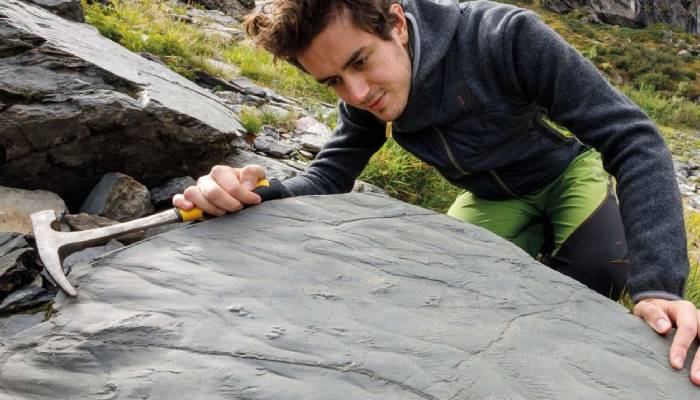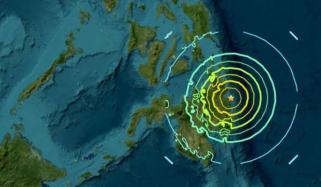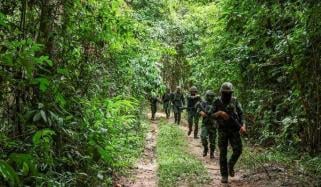
A hiker in northern Italy has uncovered the first signs of what scientists believe to be a whole prehistoric ecosystem.
As per multiple outlets, this includes well preserved footprints of reptiles and amphibians, revealed by the melting snow and ice caused by the climate crisis.
Scientists say the discovery in the Valtellina Orobie mountain range in Lombardy dates back 280 million years to the Permian period, just before the era of dinosaurs.
Claudia Steffensen, from Lovera, a village in Sondrio province, and her husband were making their way along a rocky path in the Ambria valley near the Swiss border when she stepped on a light grey rock marked with “peculiar designs.”
Steffensen then took a photo and sent it to her friend Elio Della Ferrera, a photographer specializing in the natural world.
Della then forwarded those pictures to Cristiano Dal Sasso, a palaeontologist at the Milan Museum of Natural History, who then sought the opinion of other experts.
The footprints, located 1,700 meters above sea level, were later identified to belong to a prehistoric reptile.
Steffensen, whose discovery has become known as “Rock Zero,” said, “I’m feeling very proud, especially to have made a small contribution to science.”
The experts mapped a part of the Valtellina Orobie nature park, including areas at nearly 3,000 meters in altitude.
So far, visits to the site have revealed hundreds of additional fossilized footprints from reptiles, insects and amphibians, many of which are still arranged in tracks that are believed to have come from at least five different species of animals.
Some of the fossilized remains were recently transported to Milan and displayed at the natural history museum this week.
Researchers now further mentioned that the research on the site will continue.
















